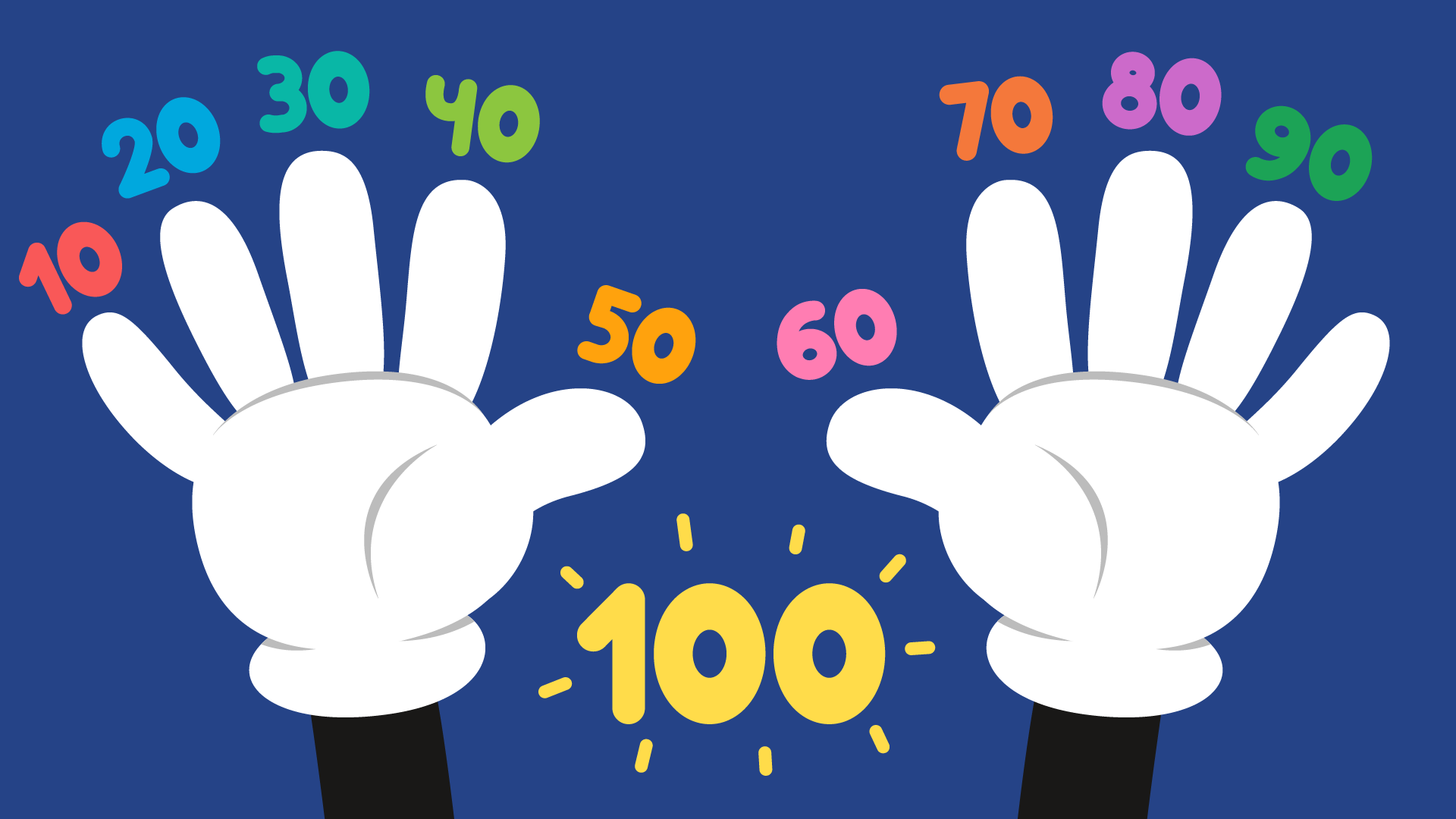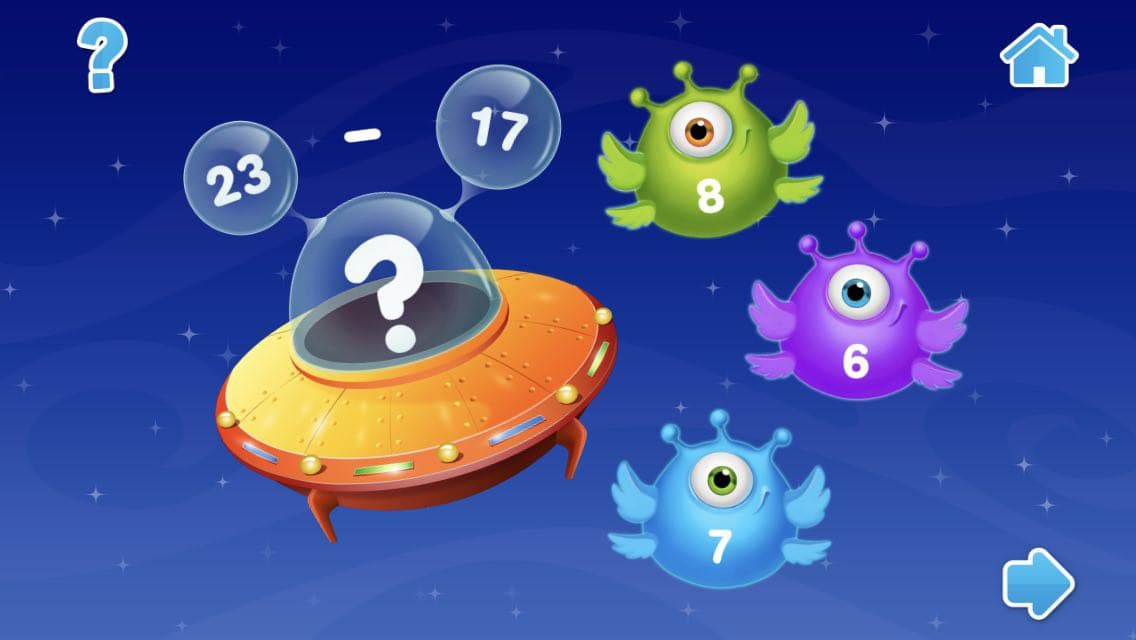Grammar. Parts of Speech for 2nd Grade. Irregular Plural Nouns
Dec. 30, 2021
At home, you might have rules for your children that can be set aside in special circumstances. For instance, suppose your kids are only allowed to play learning games for an hour; but whenever they perform well in their rehearsals, you reward them with an extra hour of playing. In grammar, there are also exceptions to the rules. Your kids are already acquainted with pluralizing nouns. However, there are some plural nouns that do not abide by the rules on pluralizing nouns by adding -s or -es. They are referred to as irregular plural nouns. They are nouns that change or retain their spellings when they are pluralized. Examples are:
child – children,
man – men,
woman – women,
loaf – loaves,
tooth – teeth,
oasis – oases,
axis – axes,
fish – fish,
mouse – mice,
ox – oxen.
Let your kids observe the examples. Ask them if they see patterns in pluralizing irregular nouns. If they happen to see any, process their observations. If they cannot discern, tell them that irregular plural nouns do not follow a uniform rule, but there are some recognizable rules for them:
- Some nouns change their vowels when pluralized such as in the examples: men, women, teeth, oasis, and axes.
- Other nouns retain their spellings despite being converted to their plural forms like in the case of the word fish.
- Most nouns ending with -f are pluralized by changing f with v and adding -es afterwards, as exemplified by loaf when changed to loaves.
- Some nouns are added with letters at the end (other than s and es) to form their plural equivalents as in from the word child to children and from ox to oxen.
- Lastly, other nouns change their spellings like what happens to mouse shifting to the plural counterpart, mice.
However, it is noteworthy to mention that since there are a lot of irregular plural nouns, your kids are advised to memorize irregular plural nouns that they will encounter, so they can reserve them for future use. If unsure, tell them they are allowed to consult a dictionary once in a while if needed. To build a more profound understanding of irregular plural nouns, here are the gripping learning worksheets for your children:
The first worksheet, Singular or Plural? - Part 2 Worksheet, tests whether your kids can still recall the distinction between singular and plural nouns, while at the same time, determining whether they are able to grasp what irregular plural nouns are. Assess their retention of singularity and plurality of nouns and their familiarity with irregular pronouns through this creative worksheet by the link above:
The second worksheet, Irregular Plural Nouns Worksheet, presents irregular plural nouns in sentences. This allows your kids to make sense of these words since they are applied practically. The words used are age-appropriate, relevant, and simple. To assess your kids’ skills in using irregular plural nouns properly, here is the link to the “dilemma-like,” yet exciting learning activity:
The third worksheet, Tricky Nouns: Irregular Plurals Practice Worksheet, puts plural nouns in more complex situations. In this way, your kids will also have model sentences that they can use as guides in creating higher-level statements containing irregular plural nouns. To let your kids delve into this fetching activity, show them the worksheet below:
Your kids have conquered the challenges on irregular plural nouns. They are now equipped with the skills to achieve another learning milestone!
For more educational worksheets, check Kids Academy learning app!





.jpg)








